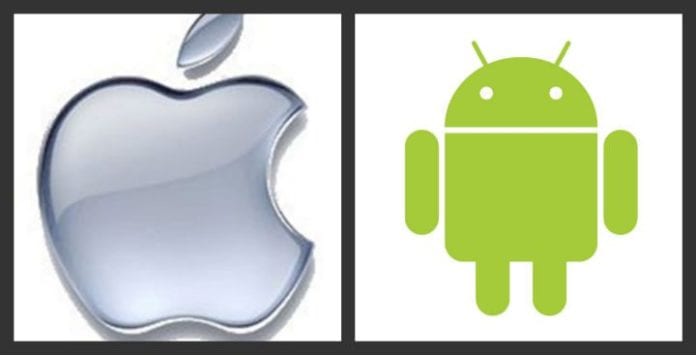Shorter mobile device life cycles, increasing volume of device trade-ins, iPhone trade-in volume to remain strong and Android trade-ins lag for 2017.
Editor’s Note: With 2017 now upon us, RCR Wireless News has gathered predictions from across the mobile telecommunications space on what they expect to see in the new year.
As mobile technology continues to evolve to offer greater functionality, increased processing power all over escalating faster networks, the average life cycle of mobile devices has shortened considerably over the last decade. And I fully expect this to continue and grow in 2017. One key reason for this, in addition to the obvious factor of more frequent product launches, are aggressive trade-in and leasing plans, such as those first announced for Apple’s iPhone in 2015, that have significantly contributed to shorter ownership periods.
In 2014, for example, the most popular iPhone model traded in that year was the 4s, which was three generations back from the current model at that time (iPhone 6) representing 39.5% of the total of all iPhones traded in. In 2015, the most popular iPhone model traded in was the 5s, two generations back from the 6s and represented 23.4% of all traded in iPhones. In 2016, the most popular iPhone model traded in will also be two generations behind the current iPhone 7, but this time one generation back, the iPhone 6, will represent 36% of all iPhones traded in.
Our impression of this data suggests that with the ease and economics of trade-in/trade-up programs in effect now and first announced in 2015, the lifecycle of an originally first owned iPhone has shortened by six to nine months. Further evidence of this is the fact that in 2014, the models representing the two previous generation iPhones, in this case the 5 and 5s, represented 34.3% of all iPhones traded in that year. In 2015, the 5s and 6 represented 48.2% of all iPhones traded in. In 2016, the two prior generations of iPhones, the 6 and 6s, will represent 52.3% of all iPhones traded in.
This suggests that even without the annual blowout iPhone announcement by Apple in the fall of 2017, the iPhone trade-in market should perform well in 2017. We all know that Apple halo effect, right? We can expect, given the current guidelines of the Apple and carrier-backed trade-in programs in effect today, that in 2017, trade-in volumes will be up over 2016, and that increase in volume will be driven by iPhone 6s and 7 owners, and should drive well over 50% of the iPhones traded in next year.
This is extremely positive for buy-back/trade-in businesses, given the high residual value of these newer iPhones (6s and 7). These higher end trades in the used mobile phone market are akin to the high value retention of used late model performance and luxury vehicles; the [newer] iPhones simply hold their value because of pent-up global demand.
Meanwhile, Android trade-in programs have been less predictable and less significant to the overall trade-in market. Our data would suggest that Android’s trade-in programs drove less than 40% of the overall trade-in market and below their overall share of the new sales market. Weak trade-in markets drive up the overall cost of ownership because it is harder and less lucrative to monetize your handset when you are in the process of upgrading your handset to a newer model.
In addition, carriers may be rethinking Android-based leasing programs in 2017, due to the challenges in retaining enough residual value to maintain on their books as well as demand in secondary markets. Given the widespread options from multiple device makers developing Android-based smartphones, consumers have a multitude of choices when selecting an Android smartphone, ranging in a mix of performance/feature sets as well as price ranges from the low end to the expensive. This product mix serves the consumer well; however can negatively impact supply side economics for used devices keeping demand in the secondary markets relatively lower than for iPhones.

